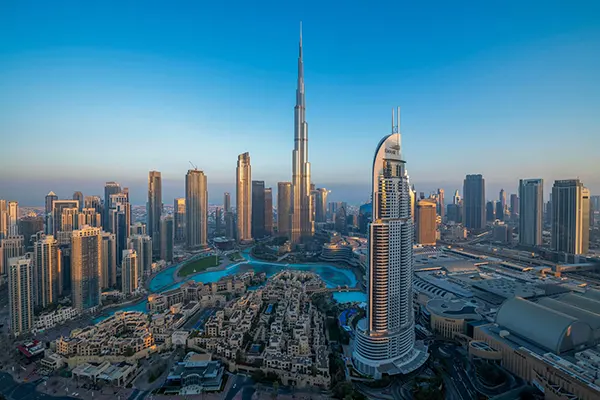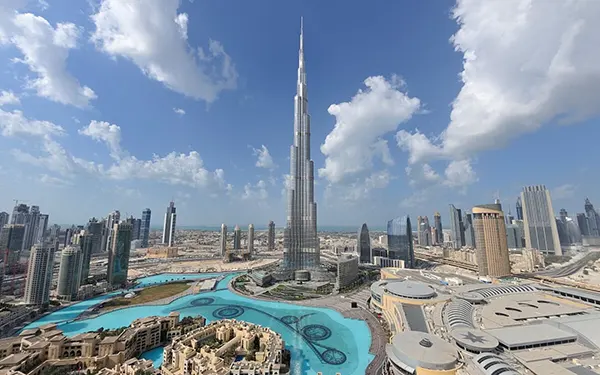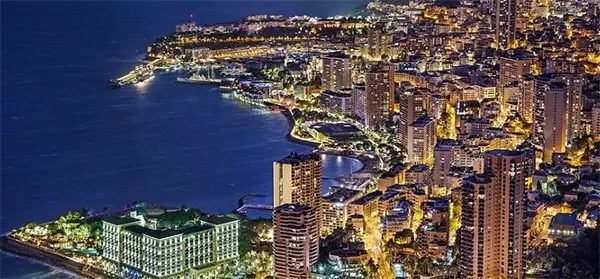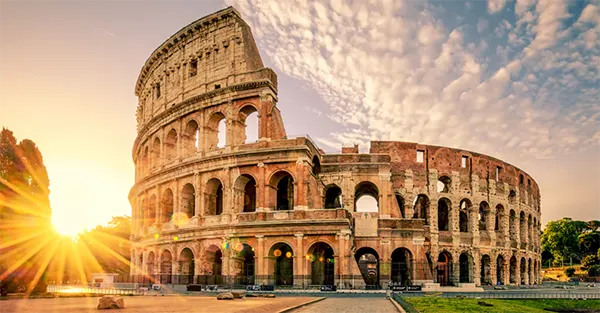
Burj Khalifa in Dubai: From the Foundation to the World’s Tallest Building — What Every Tourist Should Know
Burj Khalifa is more than an architectural icon; it is a symbol of Dubai’s ambition and innovation. Rising majestically above the city skyline, this skyscraper has become a must-visit destination for travellers from all over the world. Understanding its history, technical features, and visitor experience can make a trip to the top of the world even more memorable.
Engineering Marvel and Construction Facts
The Burj Khalifa stands at 828 metres, making it the tallest building in the world since its completion in 2010. Its design was inspired by the Hymenocallis flower, with a triple-lobed footprint that provides both elegance and structural stability. The tower contains over 330,000 cubic metres of concrete and 31,400 tonnes of steel rebar.
Construction began in 2004, led by Samsung C&T from South Korea. More than 12,000 workers and engineers contributed to the project, which took just six years to complete — a record time for a structure of this magnitude. Its spire alone reaches 244 metres and houses important communication equipment.
Inside, the Burj Khalifa contains residential apartments, corporate suites, restaurants, and the Armani Hotel. The building uses a unique cooling system that reuses condensation from the air conditioning — a sustainable solution for Dubai’s desert climate.
Innovative Design and Materials
The architectural firm Skidmore, Owings & Merrill designed Burj Khalifa using high-performance concrete that could withstand the region’s extreme heat and wind. The tower’s Y-shaped plan ensures even weight distribution and wind resistance, while the cladding of aluminium and reflective glazing minimises heat absorption.
Every section of the building was tested in wind tunnels to guarantee stability and safety for both occupants and visitors. Engineers also included flexible joints that allow the structure to sway gently in strong winds without causing discomfort.
This innovative combination of materials and design methods positioned Burj Khalifa as a global benchmark for vertical construction, influencing skyscraper projects worldwide in 2025 and beyond.
The Observation Deck Experience
The Burj Khalifa’s observation decks — “At The Top” on the 124th and 125th floors, and “At The Top SKY” on the 148th — offer panoramic views of Dubai and the Arabian Gulf. Each deck provides telescopes, interactive screens, and guided digital tours for a complete visitor experience.
The fastest double-deck lifts in the world transport guests at a speed of 10 metres per second, making the ascent an exciting part of the visit. Once at the top, visitors can enjoy both indoor and open-air observation areas.
Tickets can be booked online in advance, and it is recommended to reserve them several days before the visit, especially during high tourist seasons.
Best Time to Visit and Tips
The ideal time to go up is just before sunset, when the city transforms from daylight to a glittering night view. During the cooler months from November to March, visibility is clearer and queues are shorter.
Travellers are encouraged to bring a camera with a wide-angle lens to capture the stunning skyline. Early morning visits are perfect for those who prefer a quieter experience.
Evening tickets are slightly more expensive, but the breathtaking view of illuminated Dubai is well worth the price, especially for photography enthusiasts.

Fascinating Facts About Burj Khalifa
The tower’s elevator system covers over 504 metres vertically — a world record. The building also holds the record for the highest occupied floor and the world’s highest outdoor observation deck.
At the peak of construction, workers poured concrete equivalent to that needed for a small city. Its façade cleaning takes three to four months to complete, involving more than 30 specialised cleaners working simultaneously.
Since 2022, the Burj Khalifa has introduced advanced LED lighting and a synchronised show system that celebrates UAE national holidays, major events, and global occasions, attracting millions of spectators each year.
What Makes Burj Khalifa a Global Icon
The Burj Khalifa is not just an architectural record holder but also a symbol of human ambition and creative engineering. It reflects Dubai’s transformation from a desert landscape into a global hub for business and tourism.
In 2025, the building continues to attract over two million visitors annually. It is also featured in several international films, documentaries, and events, securing its place in modern cultural history.
For tourists, the Burj Khalifa remains an essential stop — a place where cutting-edge technology meets timeless design, offering an unforgettable view from the top of the world.



